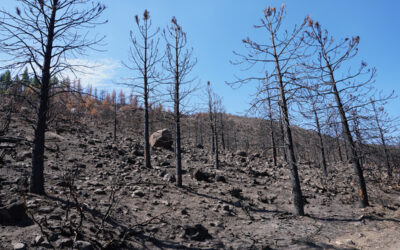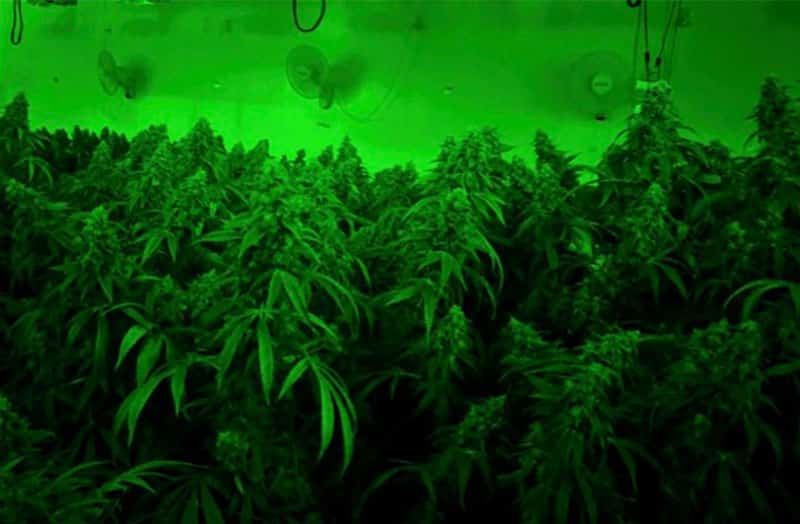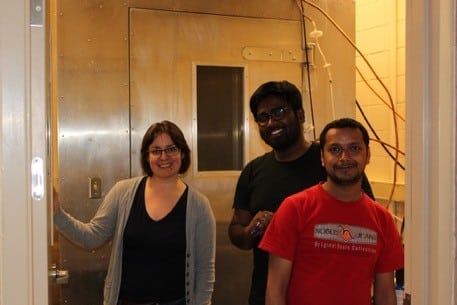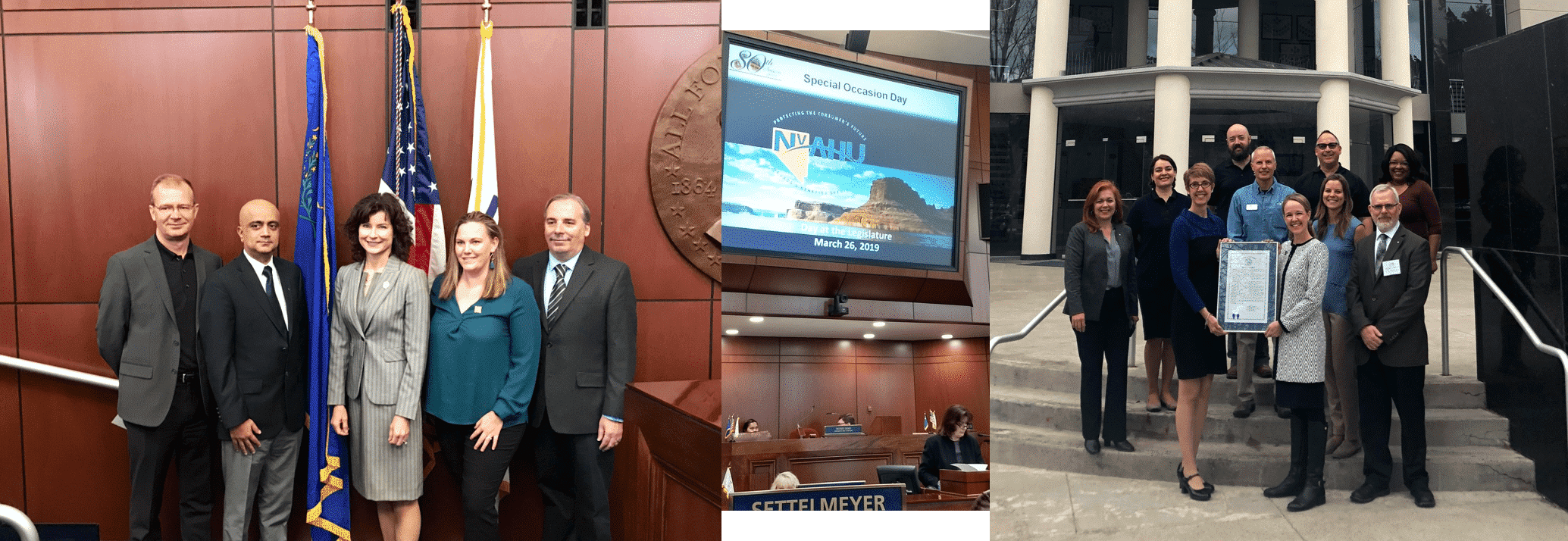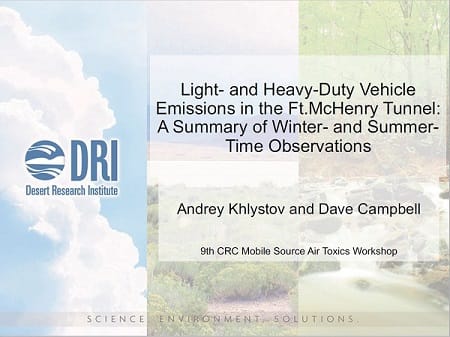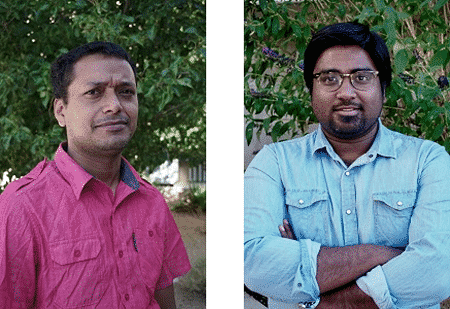Scientists with the Desert Research Institute (DRI) Organic Analytical Laboratory, led by Andrey Khlystov, Ph.D., have been awarded a $1.5M grant from the National Institutes of Health (NIH) to study the formation of dangerous compounds by electronic cigarettes (e-cigarettes).
Does Cold Wildfire Smoke Contribute to Water Repellent Soils in Burned Areas?
After a wildfire, soils in burned areas often become water repellent, leading to increased erosion and flooding after rainfall events.
Emissions from cannabis growing facilities may impact indoor and regional air quality, new research shows
RENO, Nev. (Sept. 16, 2019) - The same chemicals responsible for the pungent smell of a cannabis plant may also contribute to air pollution on a much larger scale, according to new research from the Desert Research Institute (DRI) and the Washoe County Health District...
Meet Graduate Researcher Dante Staten
Meet Dante Staten, a Ph.D. student in environmental science with an emphasis in environmental chemistry. Staten recently graduated from the University of Nevada, Reno with a Master's Degree in environmental science. At DRI, Staten is working with Dr. Andrey Khlystov...
OAL team works on analysis of biomass-burning emissions
Emissions from wildland fires and biomass fuel use contribute to regional air pollution events, global scale radiative forcing and climate change, and cause severe health effects. However, the role of organic compounds in these processes is still largely unknown and...
OAL team at the 80th Nevada State Legislature!
Drs. Andrey Khlystov and Vera Samburova participated in the DRI Day at the NV Legislature today. They met with Senator Heidi Gansert, Assemblywomen Heidi Ann Swank and Lisa Krasner, and educated many members of NV State Legislature on dangers of flavoring compounds in...
OAL team attends SRNT Annual Meeting, February 20-23, 2019
The Organic Analytical Lab was well represented at the Society for Research on Nicotine and Tobacco 2019 Annual Meeting in San Francisco. Drs. Andrey Khlystov, Vera Samburova and Yeongkwon Son attended the meeting and Yeong presented three (!!!) posters. Please visit...
OAL paper is among AS&T Top Ten most downloaded!
Our paper "Physical and chemical characterization of aerosol in fresh and aged emissions from open combustion of biomass fuels", Aerosol Science and Technology, vol 52, No 11, by Bhattarai C. et al., senior author A. Khlystov,...
OAL Director at the Coordinating Research Council Workshop
February 4-6, 2019 - Dr. Andrey Khlystov presented results of the HEI-sponsored study at the 9th CRC Mobile Source Air Toxics Workshop in Sacramento.
New Teaching Assistants at UNR Physics: Chiranjivi and Deep
OAL graduate students, Deep Sengupta and Chiranjivi Bhattarai have been selected to become Teaching Assistants in UNR Physics for Scientists and Engineers courses! Deep is a TA for three different groups taking course PHYS 181L; Chiranjivi is a TA in PHYS 180L and...

